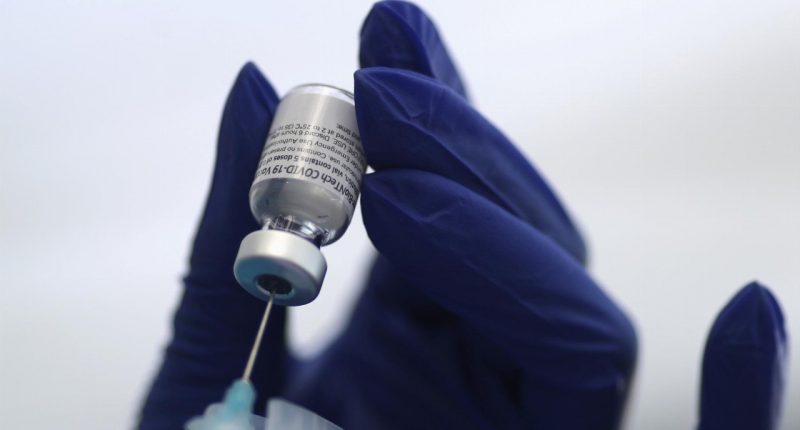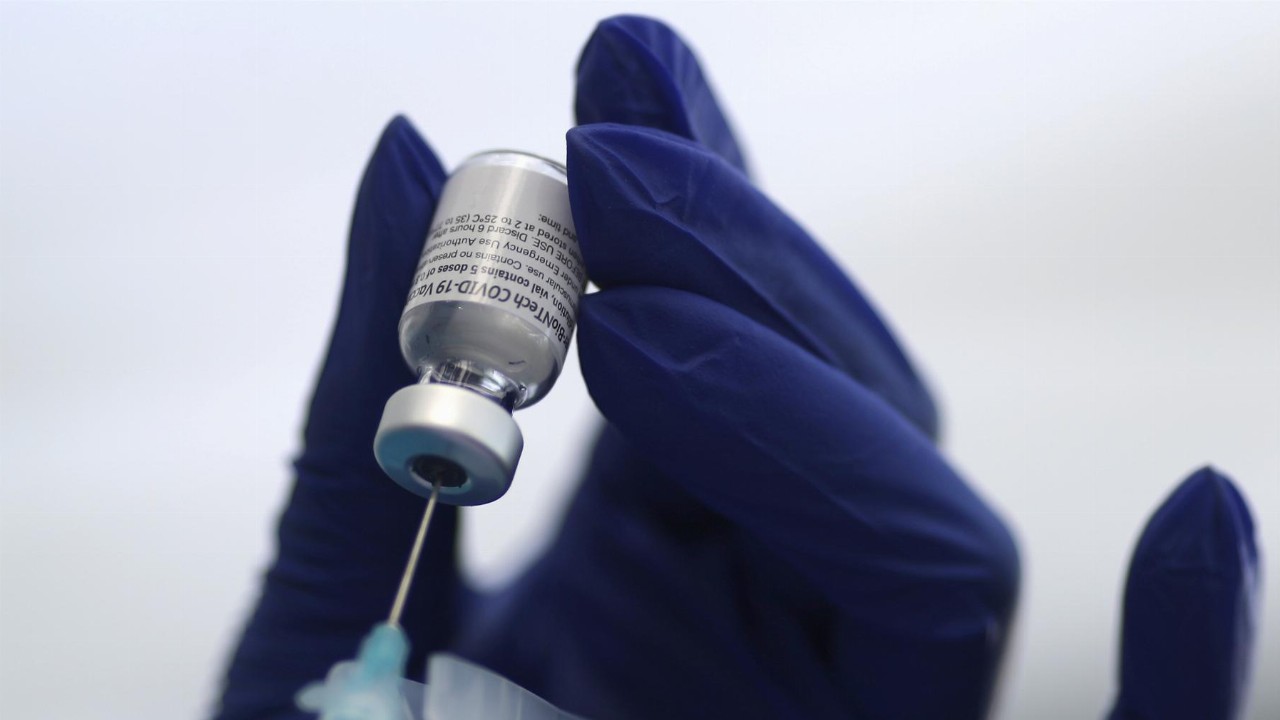- Australia’s doctors are pushing for more clinics to speed up the country’s lagging COVID-19 vaccine program — a strategy they say would be more effective than creating mass inoculation hubs
- The Australian Medical Association (AMA) said on Thursday that larger centres would pose “huge logistical challenges”
- Prime Minister Scott Morrison said the mass centres would start vaccinating those aged over 50 from as early as June
- As of Wednesday, roughly 1.36 million doses have been administered — far short of the four million that had been targeted by the end of March
- Nevertheless, Australia has fared much better than many other developed countries, with just over 29,400 confirmed cases and 910 deaths
Australia’s doctors are pushing for more clinics to speed up the country’s lagging COVID-19 vaccine program — a strategy they say would be more effective than creating mass inoculation hubs.
Omar Khorshid, President of the Australian Medical Association (AMA) said on Thursday that larger centres would pose “huge logistical challenges,” including difficulties in finding enough medical staff to manage the facilities.
“You need to find a workforce from somewhere, and we are not aware of large numbers of registered nurses and doctors who are available to manage these centres,” he told ABC Radio.
Prime Minister Scott Morrison said on Wednesday that he would discuss setting up the centres with state and territory leaders, which would vaccinate those aged over 50 from as early as June.
Morrison has been under growing pressure to get Australia’s vaccine rollout back on track after problems caused partly by supply issues and changing medical advice led to major delays.
Earlier this week he abandoned a target to provide at least one vaccine dose to all Australians — some 26 million people — by the end of the year.
Reports from Europe’s drug regulator of rare cases of blood clots among some recipients of the AstraZeneca vaccine proved to be a massive blow to Australia, which had hoped to locally produce 50 million doses.
As a result, health officials have been forced to review their strategy, which included doubling a previous order of Pfizer vaccines to 40 million.
Khorshid said it made sense to delay the creation of mass vaccination hubs until bulk deliveries of the Pfizer vaccine were received.
Morrison, who has reinstated twice weekly meetings of the national cabinet tasked with tackling the pandemic, said he would consider the AMA’s suggestions.
As of Wednesday, roughly 1.36 million doses have been administered — far short of the four million that had been targeted by the end of March.
Nevertheless, Australia has fared much better than many other developed countries during the pandemic, with just over 29,400 confirmed cases and 910 deaths.
That compares with roughly 4.38 million cases and 127,000 deaths in the United Kingdom and around 31.4 million cases and 564,000 deaths in the United States.








